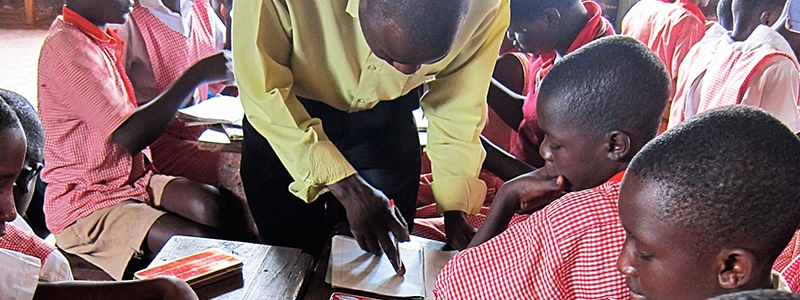Problem: Created in 2005 by the English institution The Open University, the project combats the lack of training and qualification of elementary level teachers in Sub-Saharan African countries. In the region, millions of children do not have teachers. Furthermore, many professionals need better training in order to improve the level of performance of the students. Many youngsters end their studies or abandon school without learning how to read, write or do basic math calculations. This demonstrates the urgent need to remodel existing educational programs and improve practices of the educators in the classroom by developing new models of teacher training and increasing the supply of educators, especially in rural areas. The ten countries that have benefited are Nigeria, Ghana, Tanzania, Sudan, Kenya, Rwanda, South Africa, Togo, Uganda and Zambia. Some of the institutions that help maintain the project are The Allan & Nesta Ferguson Charitable Trust and The William and Flora Hewlett Foundation.

Solutions: The international research and development initiative brings together teachers and teacher trainers from various universities in Sub-Saharan Africa. A network of institutions and organizations participate in the work, using the internet to collaboratively develop material that can be used on a large scale and in different cultural and linguistic contexts. Open educational resources are created and disseminated in four languages – English, French, Arabic and Kiswahili.
The project has over 20 training programs that are flexible and easily adapted. There are options of courses that can be taken before starting to teach or activities for those who are already working in schools. Some of the courses offer diplomas. Available in various formats on the online environment of the project, the material is structured around classroom activities which aim to improve the interaction of teachers and pupils and is created with the aim of encouraging participation of students in the learning process. The project website provides case studies that explain in detail how the resources are used by teachers.
Outcomes: The project leads to a more reflective, strategic and active participation of professionals and increases the interest and involvement of students in the learning process. Some of the objectives for the coming years are to provide secondary level teachers with the resources and to make the material available on tablets, which has already happened in Nigeria. In Ghana, for example, the work developed by the University of Cape Coast together with teacher training colleges supported pedagogic activities of creative and inventive education which helped the students to develop IT skills. Communities created TESSA clubs for teachers to discuss the resources and material available to them.






